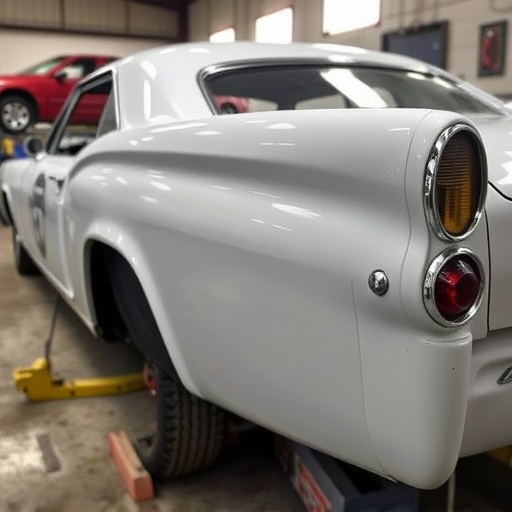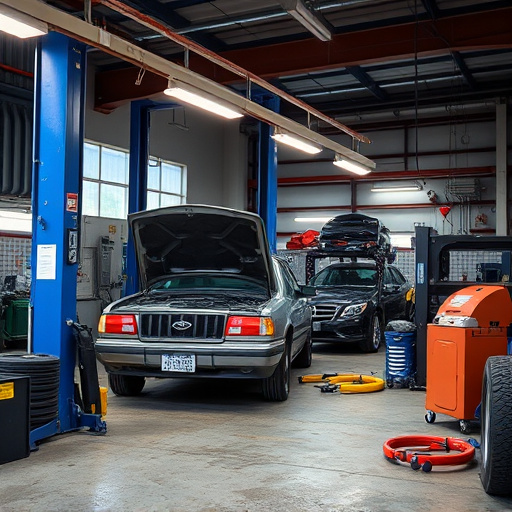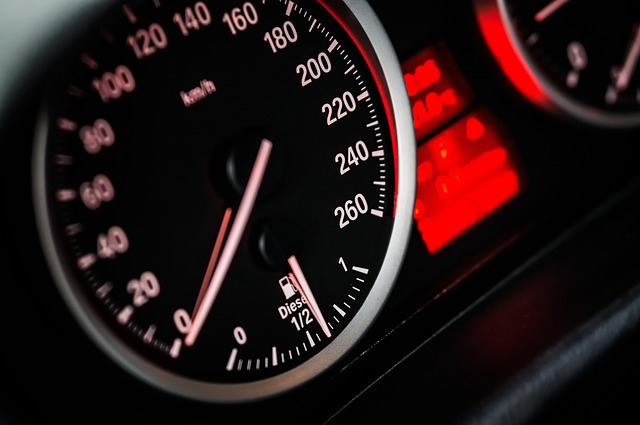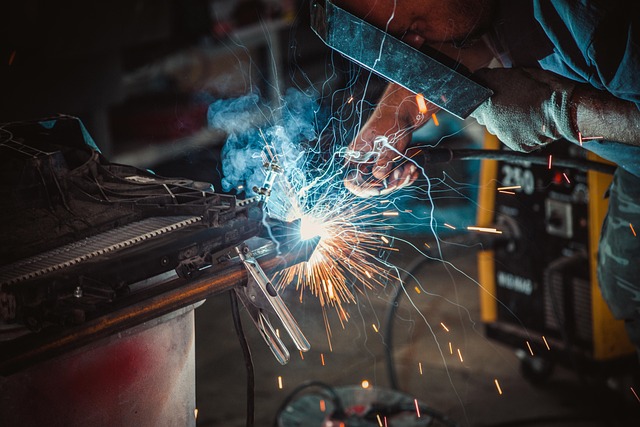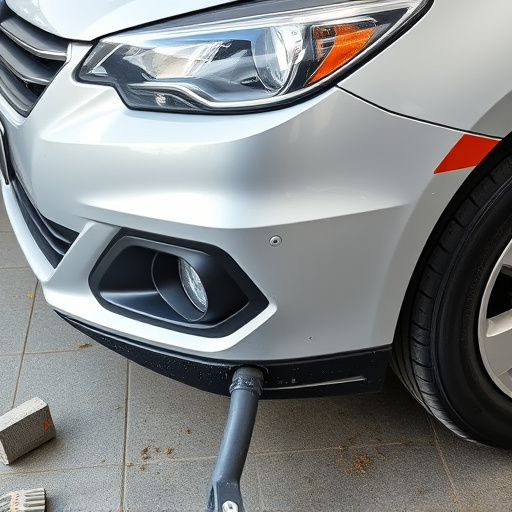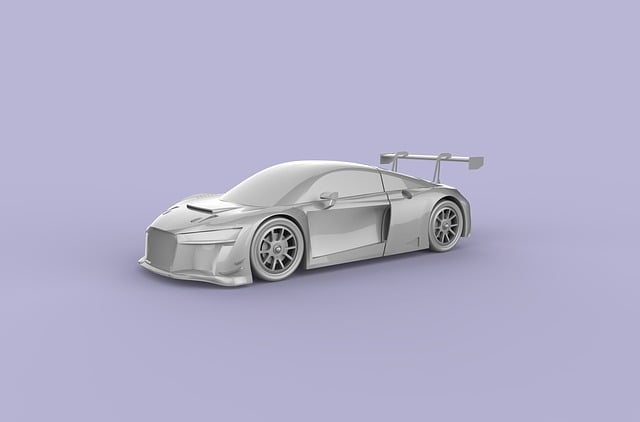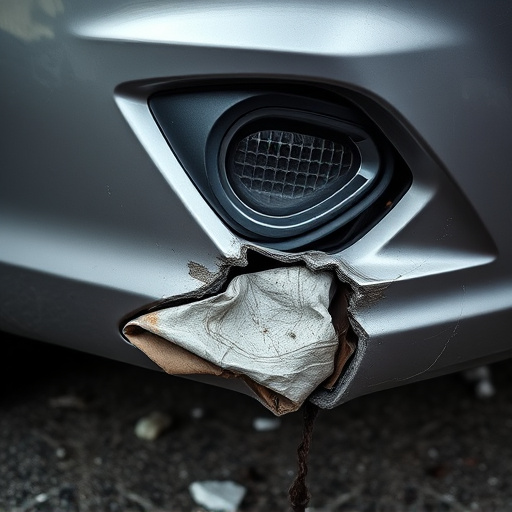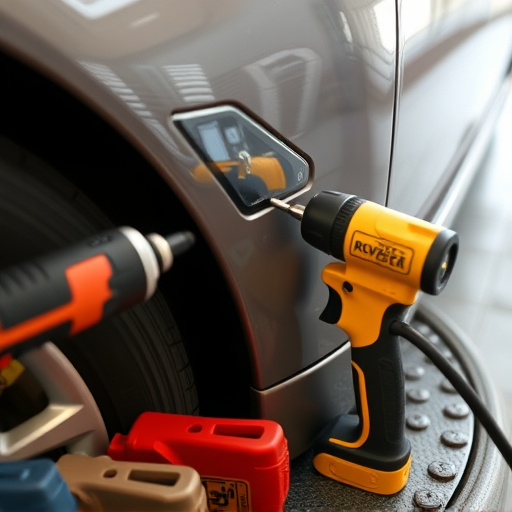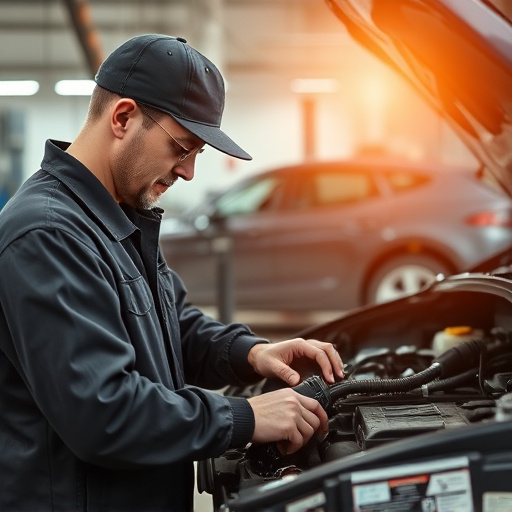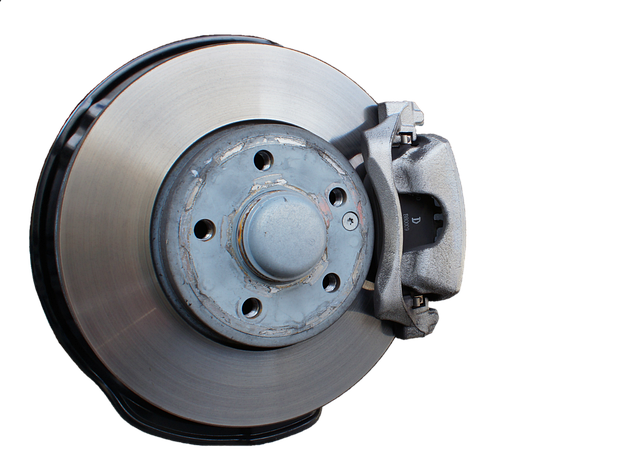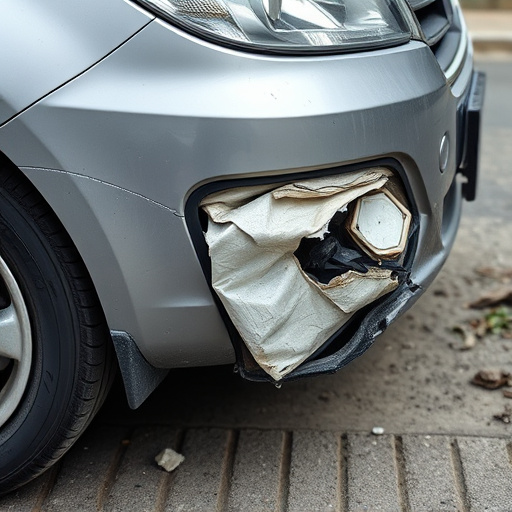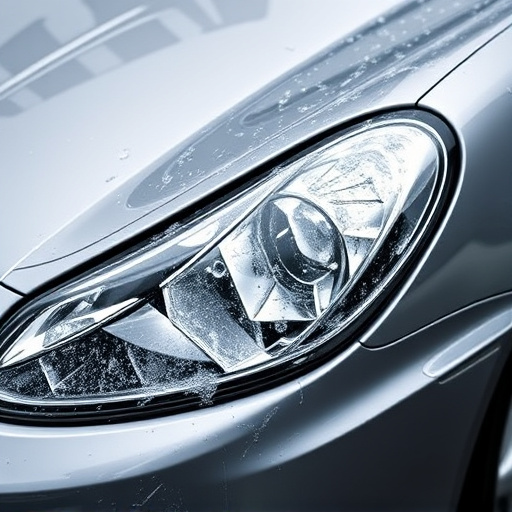Tesla's ground clearance adjustment is a key tuning feature affecting on-road performance and off-road capability. Drivers can optimize their vehicles for specific terrains by raising or lowering clearance. Adjustments impact aerodynamics, speed, efficiency, and terrain interaction, requiring specialized tools and expertise. Integrating this feature with Tesla's ADAS enhances safety and stability on varied roads, preventing distractions and damage.
Tesla owners often marvel at their cars’ impressive performance, but understanding the intricacies of Tesla ground clearance adjustment is key to unlocking both safety and efficiency. This article delves into the fundamentals of Tesla’s ground clearance—its significance in various driving conditions—and explores practical techniques for adjustment. We also uncover optimal speed regulation strategies specifically tailored for Teslas, ensuring a seamless and secure driving experience. By mastering these skills, Tesla drivers can navigate roads with confidence, maximizing their vehicle’s capabilities.
- Understanding Tesla's Ground Clearance: Basics and Importance
- Adjusting Ground Clearance: Techniques and Tools
- Speed Regulation for Safe and Efficient Driving in Teslas
Understanding Tesla's Ground Clearance: Basics and Importance
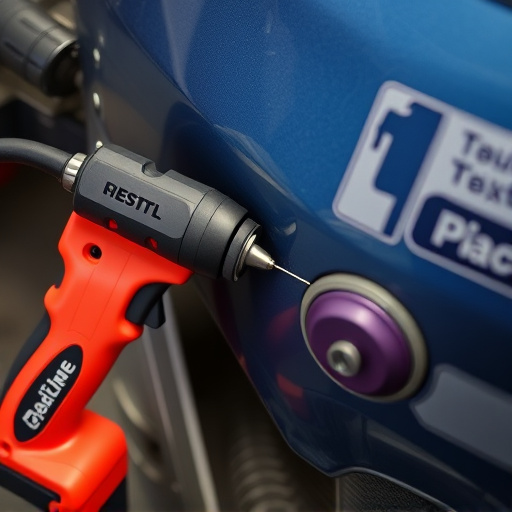
Tesla’s ground clearance, a term that might sound obscure to non-automotive enthusiasts, is a critical aspect of vehicle design and performance. It refers to the vertical distance between the lowest point of the car—typically the underbody or suspension components—and the ground surface. This measurement is essential for several reasons, from everyday driving comfort to extreme off-roading.
Adjusting Tesla’s ground clearance offers both benefits and considerations. For instance, raising the clearance can enhance a vehicle’s approach and departure angles, making it more capable off-road or navigating rough terrain. Conversely, lowering the clearance can improve aerodynamics, reduce rolling resistance, and potentially increase top speed on paved roads. Understanding these adjustments is key for Tesla owners, especially those who venture beyond conventional driving conditions, as it impacts not just performance but also the need for specialized services like automotive collision repair or auto painting when modifications are made.
Adjusting Ground Clearance: Techniques and Tools
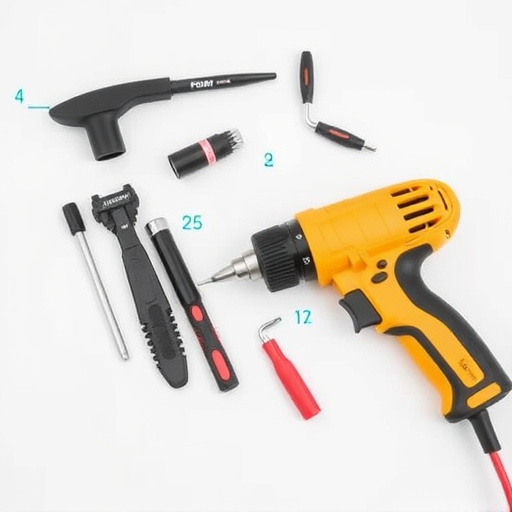
Adjusting ground clearance on a Tesla involves precise techniques and specialized tools to ensure optimal performance and safety. One common method is using adjustable air suspension systems that allow for fine-tuning ride height. These systems, often found in performance models, enable drivers to raise or lower their vehicle at the touch of a button, offering both comfort and control over terrain negotiation.
For more intricate adjustments, professional autobody repairs experts recommend utilizing specialized tools such as hydraulic jacks and measurement equipment. By carefully lifting specific components and measuring ground contact points, technicians can precisely modify ground clearance for improved off-road capabilities or tailored ride height preferences. This level of customization is ideal for Tesla owners seeking to enhance their vehicle’s versatility, whether for navigating rough terrain post-hail damage repair or achieving a unique aesthetic look.
Speed Regulation for Safe and Efficient Driving in Teslas
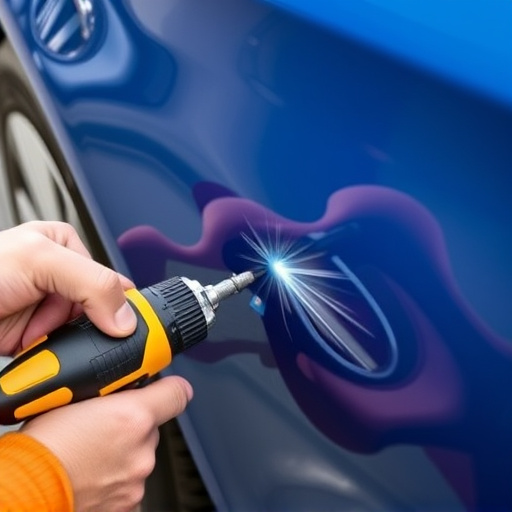
In Teslas, speed regulation plays a pivotal role in ensuring both safe and efficient driving. These vehicles are designed with advanced technology that includes adaptive cruise control (ACC) and automatic emergency braking (AEB), which help drivers maintain a safe distance from other vehicles and react promptly to potential hazards. By integrating Tesla’s ground clearance adjustment features, drivers can further optimize their speed regulation strategies, especially when navigating through varied terrains. This dynamic approach allows for smoother transitions over obstacles, ensuring the vehicle stays stable and controlled while adhering to the chosen speed limit.
The synergy between Tesla’s advanced driver-assistance systems (ADAS) and its ground clearance adjustment capabilities is particularly beneficial in challenging road conditions. For instance, when a vehicle encounters a rough or uneven road surface, adjusting ground clearance can help absorb shocks, preventing sudden jolts that might cause the driver to temporarily lose control or concentration. This, in turn, enhances overall driving safety by enabling drivers to maintain optimal speed and stay focused on the road ahead. Moreover, it also contributes to preserving the vehicle’s bodywork and minimizing the risk of damage during such conditions, which could otherwise lead to costly auto painting repairs at a collision center if not addressed promptly.
Tesla’s ground clearance adjustment is a key aspect of optimizing both safety and performance. By understanding the basics and employing effective techniques, owners can enhance their driving experience. Additionally, speed regulation plays a vital role in ensuring efficient and secure operations, especially on varying terrains. Armed with these insights, Tesla enthusiasts can confidently navigate roads, making every drive a smooth and enjoyable journey.
